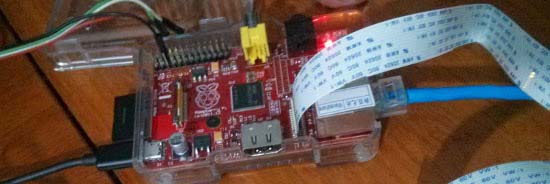
For the last few years, the prices of infrared thermal imaging devices have fallen through the floor, down from tens of thousands of dollars a decade ago, to just about a grand for a very high-resolution device. This dramatic drop in price was brought about by new sensors, and at the very low-end, there are quite a few very inexpensive low resolution thermal imaging devices.
The goal now, it seems, is to figure out some way to add these infrared devices to a smartphone or tablet. There have been similar projects and Kickstarters before, but [Marius]’s entry for The Hackaday Prize is undercutting all of them, and doing it in a way that’s far, far too clever.
Previous ‘thermal imagers on a smartphone’ projects include the Mu Thermal Camera, a $300 Kickstarter reward that turned out to be vaporware. The IR-Blue is yet another Kickstarter we’ve seen, and something that’s actually shipping for about $200. [Marius] expects his thermal imager to cost just $99. He’s getting away with this pricing with a little bit of crazy electronics, and actually designing a minimum viable product.
Both the Mu Thermal Camera and the IR-Blue communicate with their smartphone host via Bluetooth. [Marius] felt radio modules were unnecessary and inspired by the HiJack system where low-power sensors are powered and read through a headphone jack, realized he could do better.
Always the innovator, [Marius] realized he could improve upon the HiJack power harvesting solution, and got everything working with a prototype. The actual hardware in the sensor is based on an engineering sample of the Omron D6T-1616L IR array module, a 16×16 array of IR pixels displaying thermal data on a portable device at 4 FPS.
It’s interesting, for sure, and half the price and quadruple the resolution of the IR-Blue. Even if [Marius] doesn’t win The Hackaday Prize, he’s at least got a winning Kickstarter on his hands. Video of the 8×8 pixel prototype below.
 The project featured in this post is an entry in The Hackaday Prize. Build something awesome and win a trip to space or hundreds of other prizes.
The project featured in this post is an entry in The Hackaday Prize. Build something awesome and win a trip to space or hundreds of other prizes.
Continue reading “A Better, Cheaper Smartphone Thermal Imager” →





 We have a new round of
We have a new round of 

 [Kenji]’s project for The Hackaday Prize is the
[Kenji]’s project for The Hackaday Prize is the 








